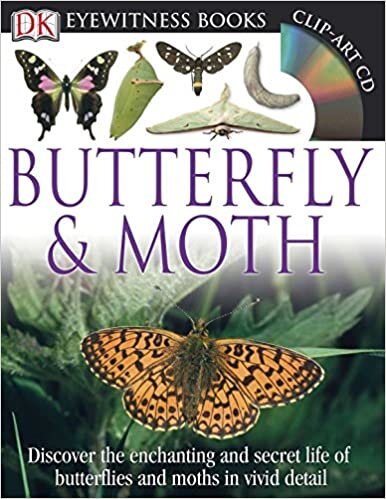An-Animal-a-Month: Moths
Moths – as beautiful and important as butterflies! Read all five kinds of nonfiction books about these creatures of the night and day!
A rare and outstanding introduction to natural selection! This true tale of the peppered moth’s adaptation to changing environmental conditions during the Industrial Revolution clearly and simply demonstrates natural selection in action and gives hope for the future. The lyrical language, supporting back matter, and striking illustrations make this read even more special. Ages 6-10.
I always feel super excited to find great books about evolution for children. I feel there should be more of these. Another one I’d recommend is Sneed Collard’s One Iguana, Two Iguanas about the evolution of marine iguanas on the Galapagos Islands.
Kind of nonfiction: I’m thinking of this as a blend of Expository Literature and Narrative nonfiction. The narrow focus on the evolution of wing color, the engaging, delightful language, and sequence structure, fit with the Expository Literature category, but there is also a feeling of a narrative story with characters, a challenge, and a resolution. These blended books are great for helping expose children to different kinds of nonfiction- ones they might not otherwise try. (My categorization using Melissa Stewart’s 5 Kinds of Nonfiction.)
Ties to Next Generation Science Standards:
K-ESS3-3 (Reducing the impact of humans on the air) On one spread, read about how people reduced air pollution caused by the Industrial Revolution by burning less coal and finding new sources of power. Back matter mentions laws enacted to reduce air pollution.
1-LS1-2 (Patterns of behavior that help offspring survive) The peppered moths daytime resting behaviour promotes their survival. They spread their wings and rest, camouflaged from hungry birds and other predators on the branches and trunks of trees.
3-LS3-1 (Inheritance of variation) The text and back matter demonstrate wing coloration being passed from parents to offspring. Variation in wing coloration provides the basis for the natural selection that occurred during the Industrial Revolution and after. No data are presented but the concept is clearly introduced.
3-LS3-2 (Traits can be influenced by the environment) Environmental soot produced during the Industrial Revolution led to an increase in the proportion of peppered moths with dark wings because they were better camouflaged than ones with speckled wings. Once the soot cleared, the proportion of speckled-wing moths increased again.
3-LS4-2 (Variation in characteristics promotes survival, mating, and reproduction) At times, peppered moths with speckled wings were better camouflaged and survived to reproduce more often than those with dark wings. Later, the dark-winged moths had the advantage.
A great excuse to stay up and party! Come along as a group of children, and their adult helpers, prepare for a moth ball. You’ll set up special party lights and make a gooey snack. When the guests arrive you’ll be ready to observe, make notes, and snap party pictures. Best of all, you’ll have spent time getting to know fascinating creatures that live in your neighborhood. The captivating photographs, including moths and children, beautiful layout, and inviting, celebratory voice will entice your family to throw your own moth ball. It will be time well spent, outdoors with children. Ages 5-8.
Kind of nonfiction: A blend of Active and Narrative Nonfiction. It’s an immersive story that also provides detailed information on how to create your own experience. Great for children who like to make and do things themselves. Supplies are readily available. Children could write about it for a school project. (My categorization using Melissa Stewart’s 5 Kinds of Nonfiction.)
Graze or chow down on this moth and butterfly buffet! Like other titles in the Eyewitness Book series, this one covers a plethora of topics: moths versus butterflies, life cycles, day-flying moths, mimicry, migrations (who knew?), classification, and even record-setting moths. If you have a butterfly bias, you may come with a newfound appreciation of moths. I did. Ages 8-12. Note this is an older book, 2012.
Kind of nonfiction: Browsable – open to any page and graze on tidbits of information or read it cover to cover. A good choice for children who love to pour over close-up photos and detailed illustrations, accompanied by short chunks of text. Mine it for fun and unusual facts to add to research projects. (My categorization using Melissa Stewart’s 5 Kinds of Nonfiction.)
Celebrate Moths! Incredible close-up photos, engaging layout, and enthusiastic voice combine to create an easy-to-read book that celebrates moths in their own right – no need to compare them to butterflies. A general definition and twelve examples introduce moths and biological concepts such as aposematic coloring, camouflage, and mimicry without using jargon. Ages 4-8.
Kind of nonfiction: Traditional Nonfiction book. As expected for a traditional nonfiction book, you’ll find page numbers, back matter, a glossary, and further reading suggestions, plus critical thinking questions. A good place to begin researching moths for a report. (My categorization using Melissa Stewart’s 5 Kinds of Nonfiction.)




